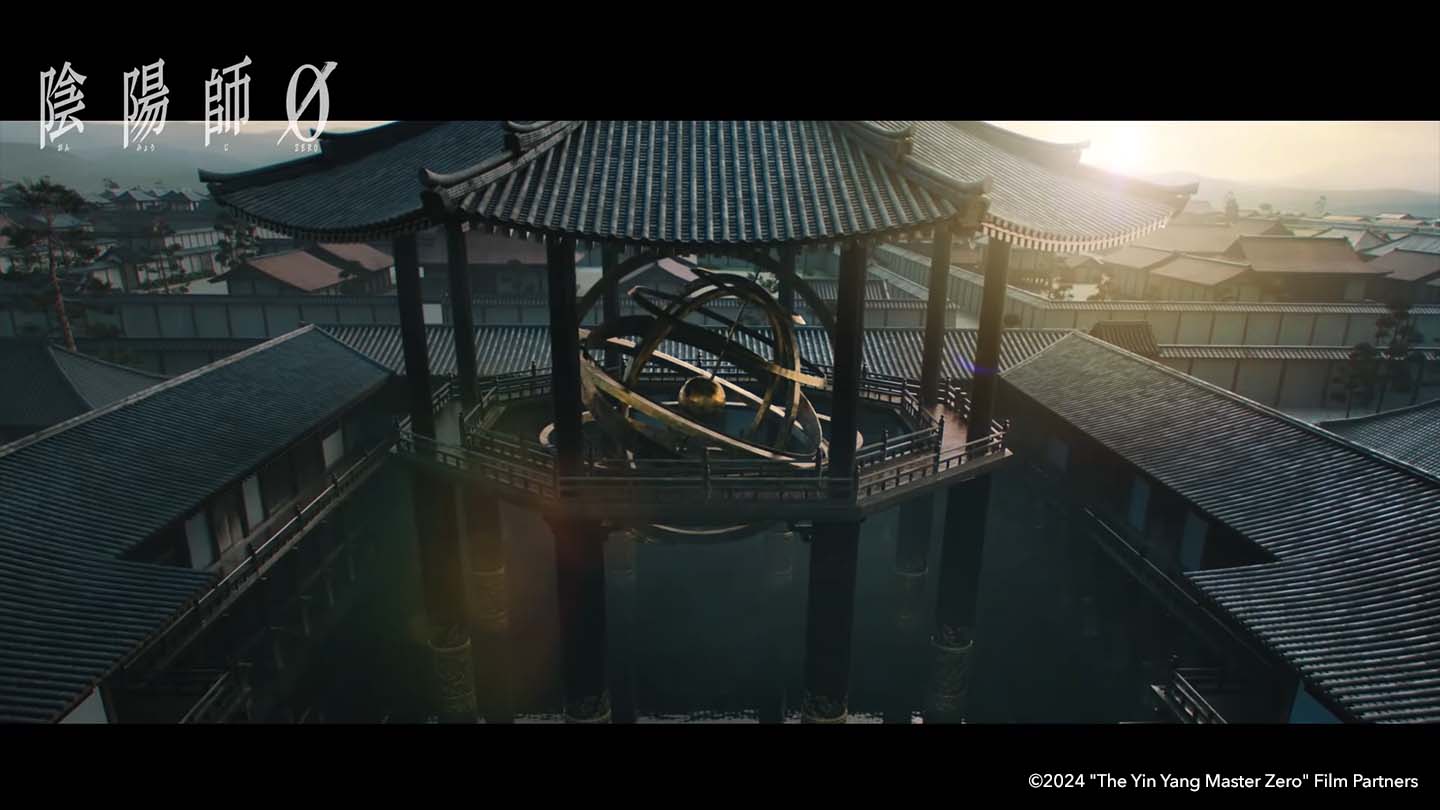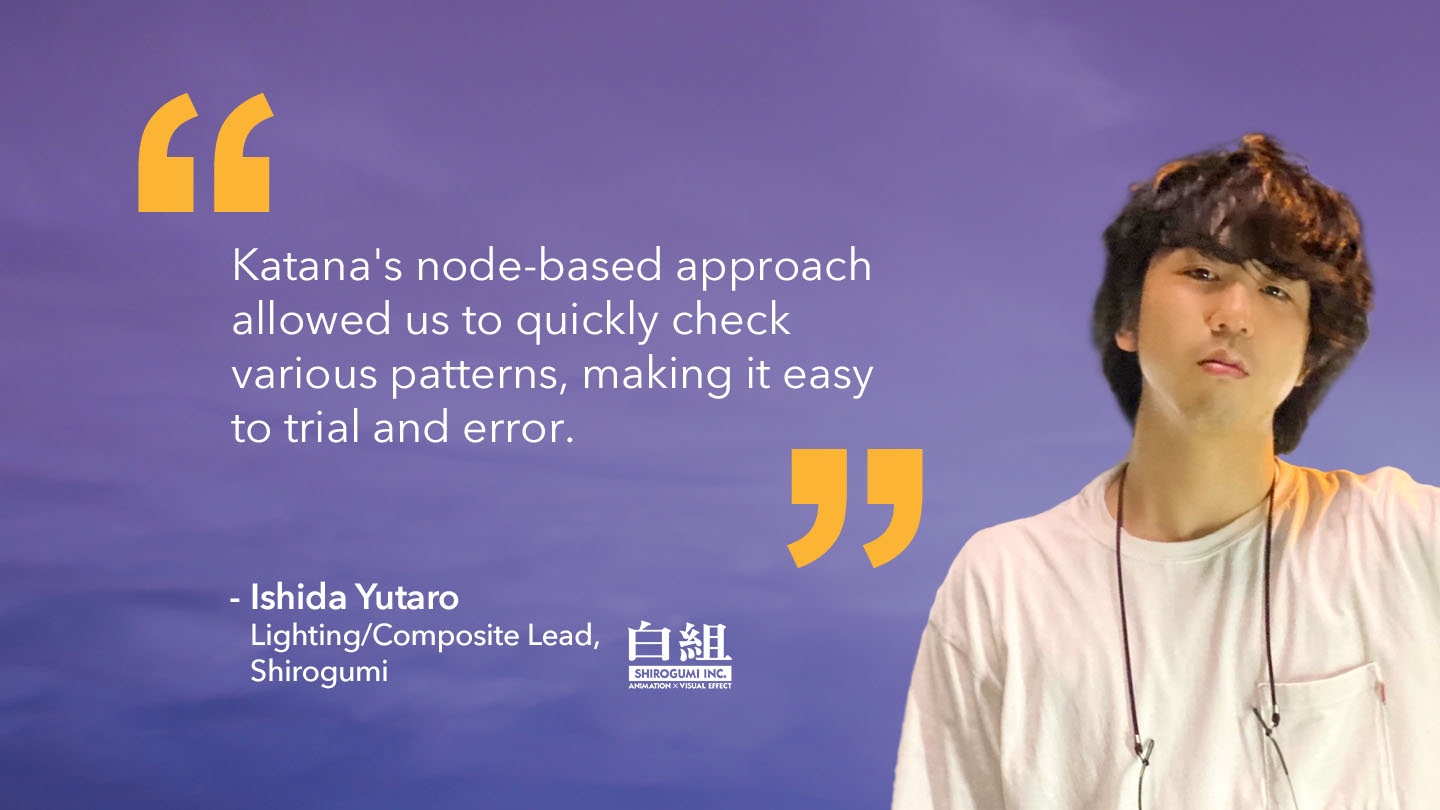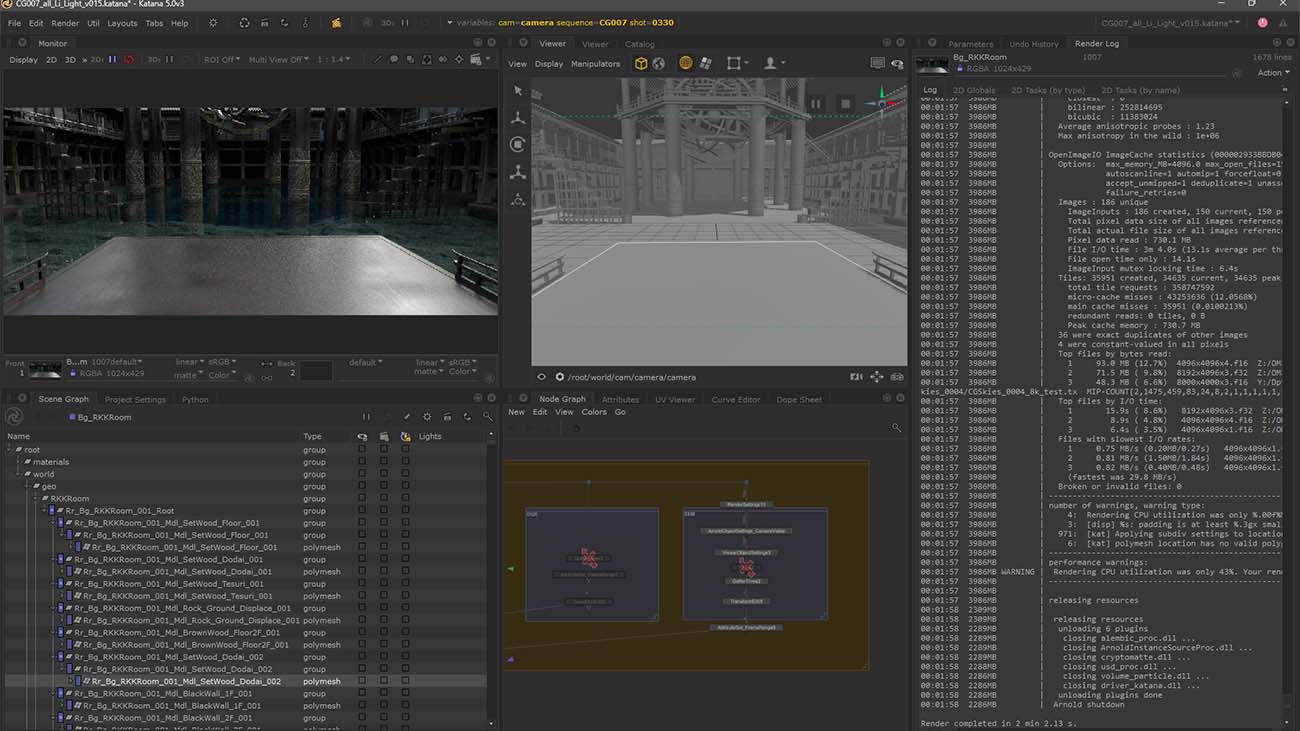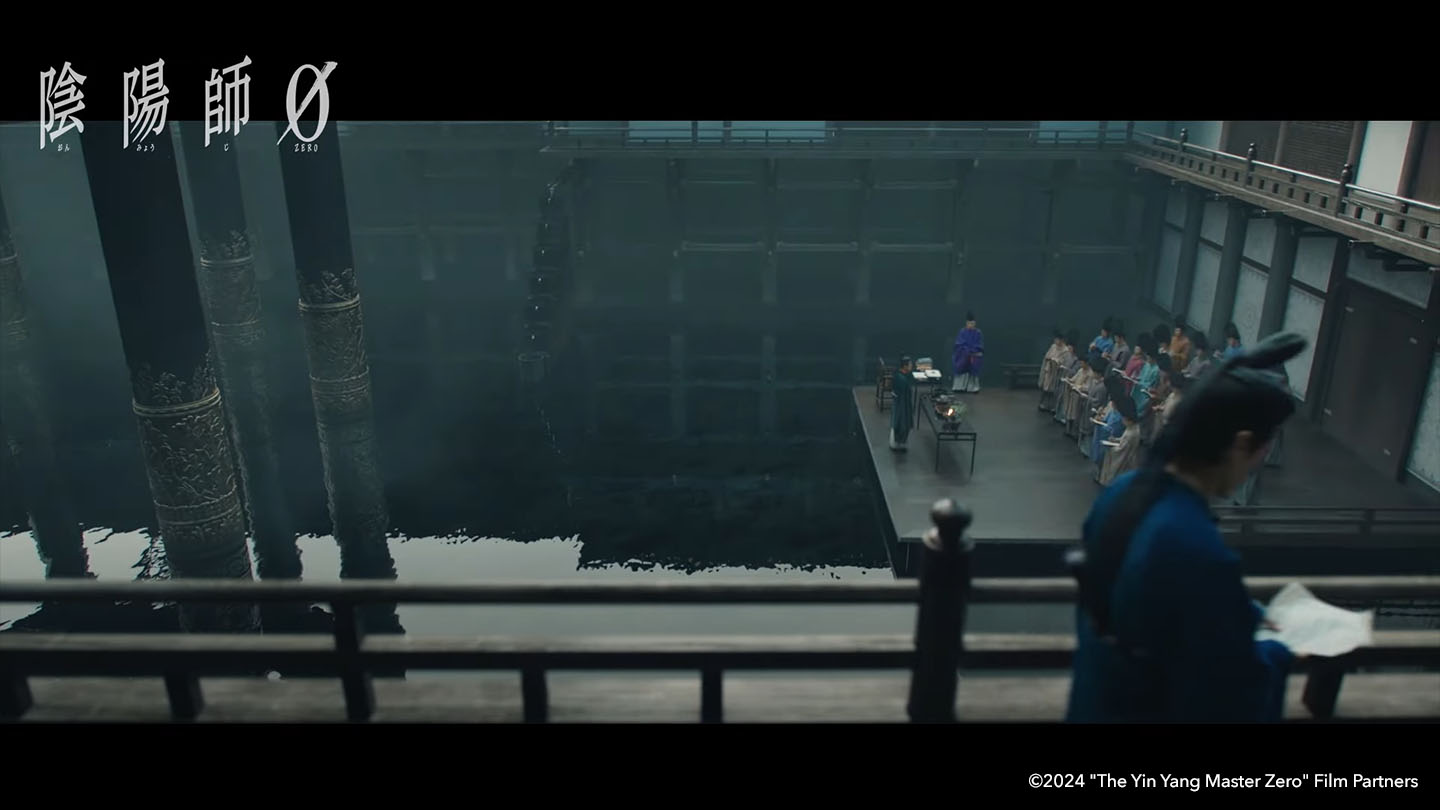The Yin Yang Master Zero VFX: Behind the scenes with Shirogumi
Founded in 1974 as an animation studio specializing in TV commercials, Shirogumi has been a leading force in Japan's entertainment industry. Since its establishment, the company has consistently evolved to meet the needs of the times, always in pursuit of new visual expressions. The studio has demonstrated its technical skills in a wide range of fields, including special effects films, animation, TV commercials, and even VFX for Hollywood movies.
Shirogumi has been involved in multiple highly acclaimed projects both in Japan and abroad, such as Shin Godzilla and the Always: Sunset on Third Street series. The studio’s latest project, historical fantasy film The Yin Yang Master Zero (known as Onmyoji 0 in Japanese), captivated audiences with beautiful scenes that incorporated classical Japanese aesthetics, along with a wealth of VFX. The high quality VFX greatly contributed to the expression of the epic world and received high praise.
We spoke with Hiroyuki Yoshida, the VFX supervisor of the film, and Yutaro Ishida, the lighting/compositing lead, about the cutting-edge technology and creative efforts behind it.

Implementing Katana
Shirogumi introduced Katana about four years ago. Yoshida decided to fully implement Katana while considering the CG production workflow for animated feature films, having heard a workflow proposal using Katana that Ishida had been personally testing.
"The first step was to get internal approval by presenting the problems of the traditional workflow, the benefits and the cost-effectiveness of introducing Katana to the producers," Yoshida recalls.
There were several challenges during the implementation. Ishida says: "Since Katana builds scenes on a node basis, we had to get used to a different way of operating from traditional tools like Maya and 3ds Max. Also, the flow of exporting Alembic from DCC tools and importing it into Katana was a completely new experience for us."
Since the data created in each process was consolidated in Katana, the team needed to develop support tools and establish an efficient workflow. Specifically, they needed to develop tools to smoothly convert and process data, and define the formats and workflows used at each stage of the process. Centralized data management and efficient division of work are especially crucial in large-scale projects, so it was necessary to establish a system to achieve this.

Benefits of introducing Katana
Speaking about the specific benefits of introducing Katana, Ishida says: "We can light a large number of shots with a single scene file, allowing us to process many shots with fewer staff."
As Katana enables the lighting of multiple shots to be managed in a single project file, the lighting set-up upstream can be inherited, making it easy to switch between shot cameras while working, significantly reducing staff effort. This is particularly important when a lot of work needs to be done with limited human resources.
Yoshida adds: "By building the base nodes for each scene in Katana and sharing part of them, even those with limited experience in Katana are able to accurately adjust lighting to specific scenes and characters with minimal learning time".
This shareability and ease of learning have minimized the costs of introducing Katana, while improving the efficiency of the entire production team and making it easier for them to handle more technical tasks.
Lighting and LookDev in The Yin Yang Master Zero
The production crew for The Yin Yang Master Zero consisted of a mixed team within Shirogumi (up to 30 members), and nine partner companies, with the VFX production period lasting over five months.
In the lighting and LookDev process, the number of scenes using CG is large and there are many different approaches, including full CG and VFX. As a result, it was essential to share the vision of each scene with the director and proceed very carefully to get the final footage approved.
"It was difficult to express the sense of scale, especially with the volume fog and water in the Water Clock Room, but Katana's node-based approach allowed us to quickly check various patterns, making it easy to trial and error,” says Ishida. “Additionally, it was easy to update assets, so we didn't face any difficulties when asset updates occurred during the lighting."

He highlights multi-shot lighting with GSV (Graph State Variables) and LiveGroups, as particularly useful features in Katana. "By using GSV, we were able to complete the lighting for about 20 shots in a single project file. And with LiveGroups, this allowed for quick sharing of render settings and any changes across the entire project."
With GSV, the team could centrally manage the lighting for each shot, and work efficiently while maintaining overall consistency. What’s more, the team used LiveGroups to instantly share and apply render settings and common scene elements, improving consistency and efficiency of the work.


"Katana contributed greatly to the construction of the Water Clock Room scene, which appears in the introduction and climax of the film,” says Yoshida. “Due to the large number of cuts and the differing lighting required for each scene, Katana's flexibility was a lifesaver."
In particular, Katana's flexibility to handle a wide variety of shot settings played a huge role in achieving the optimal lighting required for each cut.

He continues: "It was a great achievement to work efficiently with Katana. It is highly useful not only in improving the production efficiency, but also in expanding the range of creative expression. We would like to continue to actively consider the use of Katana."
For productions considering deploying Katana
Finally, Ishida offers the following advice to productions considering implementing Katana, saying: "Productions that often work on large-scale projects and struggle to manage heavy data, as well as those looking to improve the efficiency of their lighting and rendering processes, should consider Katana. I would particularly encourage productions that are interested in Katana but feel anxious about changing their traditional workflows."

In creating the VFX for The Yin Yang Master Zero, the studio leveraged Katana’s flexibility and efficiency, to contribute significantly to bringing out the visual appeal of the film. Making the most of limited resources and efficiently producing high-quality footage, Katana played a key role in shaping the creative vision of the production team. We look forward to the continued collaboration between Shirogumi and Katana, to contribute to the creation of new visual expressions.
Thinking of adding Katana to your pipeline? Get in touch.
